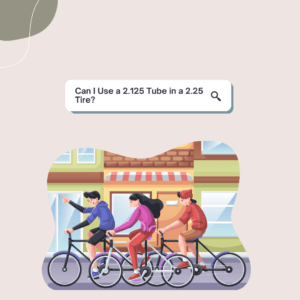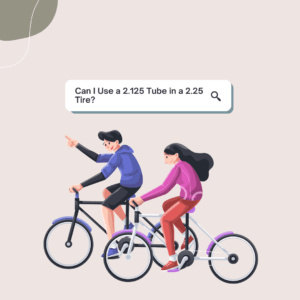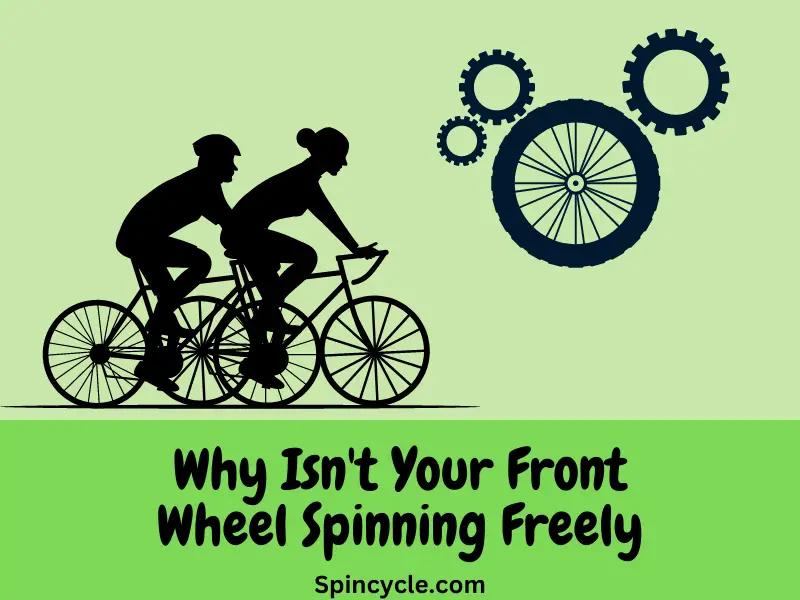Introduction
So, you’ve got a 2.25 tire and you’re wondering if you can use a slightly smaller tube, like a 2.125, with it. Well, you’re not alone! Many cyclists have pondered this question, and it’s important to get the right answer to ensure a safe and smooth ride. In this article, we’ll delve into the world of tire tubes, explore the compatibility between tube and tire sizes, and provide you with the information you need to make an informed decision. Let’s roll!
Understanding Tube and Tire Sizes
To tackle this question, let’s first get familiar with tube and tire sizes. Tube sizes are typically indicated by their width and diameter. For instance, a tube labeled as 2.125 means it has a width of 2.125 inches. On the other hand, tire sizes are denoted by their width and their outer diameter. So, a 2.25 tire has a width of 2.25 inches.

Tube and Tire Compatibility
Now, let’s get to the heart of the matter. Can you use a 2.125 tube in a 2.25 tire? The short answer is yes, you can! In most cases, there shouldn’t be any major issues. Tubes are designed to be flexible, allowing them to accommodate a range of tire widths. The slight difference between the tube and tire sizes won’t pose a significant problem.
The Stretch Factor
When you install a slightly narrower tube in a wider tire, it will naturally stretch to fit the space. The rubber material of the tube is flexible and can expand to fill the void. This stretch factor ensures that the tube conforms to the shape of the tire, maintaining a secure fit.
Riding Performance and Considerations
Using a 2.125 tube in a 2.25 tire may not have any noticeable impact on your riding performance. The difference in width is minimal, and most riders won’t experience any issues. However, it’s important to be aware of a few considerations.
Increased Puncture Risk
With a narrower tube, there is a slightly higher risk of punctures. Since the tube is stretched, it may be more susceptible to being pinched or punctured by objects on the road. To minimize this risk, ensure that your tire pressure is properly adjusted and avoid rough terrains with sharp debris.
Tire Pressure and Stability
Using a slightly narrower tube may also affect tire pressure stability. The tube will have less volume to fill, and this can result in a quicker loss of pressure over time. It’s essential to regularly check and maintain the tire pressure to ensure optimal performance and stability during your rides.
The Verdict
So, should you use a 2.125 tube in a 2.25 tire? Ultimately, the decision is yours to make. While it is generally safe and feasible, there are some potential considerations to keep in mind. If you prefer to have an exact match in tube and tire sizes, it’s recommended to use a tube with a width that closely matches your tire’s width, such as a 2.25 tube. However, if you’re in a pinch and the 2.125 tube is the only option available, it should work just fine as long as you take the necessary precautions.
Conclusion
In the world of cycling, tube and tire compatibility is a common concern. The slight difference between a 2.125 tube and a 2.25 tire shouldn’t deter you from hitting the road. While it’s generally safe to use a narrower tube in a wider tire, be aware of potential puncture risks and monitor your tire pressure regularly. As with any cycling-related decision, it’s important to prioritize safety and make choices that align with your riding preferences.

FAQs (Frequently Asked Questions)
1. Can I use a 2.125 tube in a 2.25 tire for a long-distance ride?
Using a 2.125 tube in a 2.25 tire for a long-distance ride is generally fine, but it’s important to ensure your tube is in good condition and properly inflated. Consider carrying a spare tube in case of any unexpected punctures.
2. Are there any specific tube brands recommended for use with different tire sizes?
There are various reputable tube brands available in the market. Look for brands that offer tubes specifically designed for your tire size, and read reviews from fellow cyclists to help you make an informed choice.
3. Can I use a wider tube in a narrower tire?
While it’s generally not recommended, using a slightly wider tube in a narrower tire can be done in certain cases. However, this can lead to potential issues like improper fit, increased risk of punctures, and compromised riding performance.
4. Is it necessary to replace both the tube and tire at the same time?
It’s not always necessary to replace both the tube and tire simultaneously. However, it’s a good idea to inspect both regularly for any signs of wear or damage and replace them if needed.
5. What should I do if I can’t find a tube with the exact tire width?
If you can’t find a tube with the exact tire width, choose a tube with a width that is closest to your tire size. Aim for a slightly narrower tube rather than a wider one to ensure a better fit.
Important Links:
1. How to Choose the Right Bike Tube
2. Tire and Tube Replacement Guide
Watch this one,
Video Credits – Fly Rides USA | Electric Bikes
DOWNLOAD THIS ARTICLE :Click Here
You May Also Like



